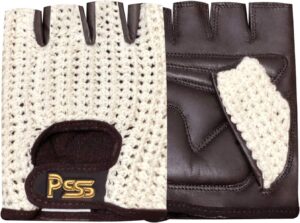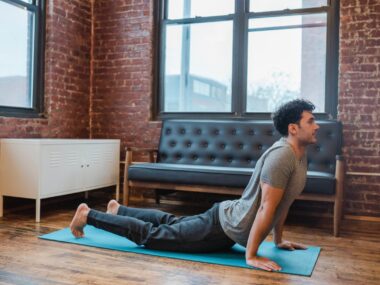Weightlifting is a popular form of exercise that offers numerous physical benefits, including increased muscle strength, endurance, and bone density. However, regular weightlifting sessions can take a toll on the hands, leading to the formation of calluses and rough, dry skin.
This essay explores effective strategies for hand care in weightlifting, focusing on preventing calluses and maintaining soft, smooth hands without compromising performance.
Understanding Calluses and Their Causes
Calluses are thickened areas of skin that develop in response to repeated friction, pressure, or irritation. In weightlifting, calluses typically form on the palms and fingers as a result of gripping heavy weights and performing repetitive movements. While calluses serve as a natural defence mechanism to protect the skin from injury, excessive or poorly managed calluses can become painful, unsightly, and prone to tearing.
Preventing Calluses

- Proper Grip Technique: One of the most effective ways to prevent calluses in weightlifting is to ensure proper grip technique. Gripping the barbell or dumbbell correctly distributes pressure across the hands, reducing friction and minimizing the risk of callus formation. Avoid gripping the bar too tightly, as this can increase friction and exacerbate callus formation.
- Use of Protective Gear: Wearing weightlifting gloves or grip pads can provide an additional layer of protection for the hands, reducing friction and preventing calluses. Look for gloves with padded palms and breathable materials to maximize comfort and performance. Grip pads are also available for individuals who prefer minimal coverage but still want to protect their hands.
- Hand Maintenance: Regularly moisturizing the hands can help maintain skin elasticity and prevent excessive dryness, which can contribute to callus formation. Choose a high-quality hand cream or lotion that is rich in emollients and humectants to hydrate and nourish the skin. Apply moisturizer before and after weightlifting sessions to keep the hands soft and supple.
- Smooth Barbell Knurling: Pay attention to the condition of the barbell knurling, as rough or jagged surfaces can increase friction and exacerbate callus formation. If the knurling is excessively rough, consider using a grip enhancer such as chalk to improve traction and reduce friction. Alternatively, invest in a quality barbell with smooth, well-maintained knurling to minimize skin irritation.
- Gradual Progression: Avoid overexertion and excessive repetition in weightlifting, as this can lead to increased friction and pressure on the hands, resulting in callus formation. Gradually increase weight and intensity over time to allow the skin to adapt and minimize the risk of developing painful calluses.
Maintaining Soft, Smooth Hands
- Regular Exfoliation: Incorporating gentle exfoliation into your hand care routine can help remove dead skin cells and prevent the buildup of rough, dry patches. Use a mild exfoliating scrub or pumice stone to gently buff away rough areas, paying extra attention to callused areas on the palms and fingers.
- Moisturizing Treatments: In addition to regular hand cream or lotion, consider using intensive moisturizing treatments such as overnight hand masks or paraffin wax treatments to deeply hydrate and soften the skin. These treatments can be especially beneficial for individuals with chronically dry or rough hands.
- Protective Barrier: Apply a thin layer of protective barrier cream or ointment to the hands before weightlifting sessions to reduce friction and minimize skin irritation. Look for products containing ingredients such as lanolin, shea butter, or silicone, which create a barrier between the skin and external irritants.
- Healthy Lifestyle Habits: Maintain a healthy lifestyle and practice good overall skin care habits to support hand health and prevent dryness and irritation. Stay hydrated by drinking plenty of water, eat a balanced diet rich in vitamins and minerals, and avoid excessive exposure to harsh chemicals and environmental pollutants.
- Professional Care: If calluses become thick or painful despite preventive measures, consider seeking professional care from a dermatologist or podiatrist. These healthcare professionals can offer treatments such as callus removal, corticosteroid injections, or topical medications to alleviate discomfort and promote healing.
Conclusion
In conclusion, hand care is an essential aspect of weightlifting that requires attention and proactive maintenance to prevent calluses and maintain soft, smooth hands. By implementing proper grip techniques, using protective gear, and practising regular hand maintenance, weightlifters can minimize friction and reduce the risk of callus formation.
Additionally, incorporating moisturizing treatments, exfoliation, and protective barriers can help keep the hands soft, supple, and healthy despite the rigours of weightlifting. With these strategies in place, individuals can enjoy the physical benefits of weightlifting while preserving the appearance and comfort of their hands.










